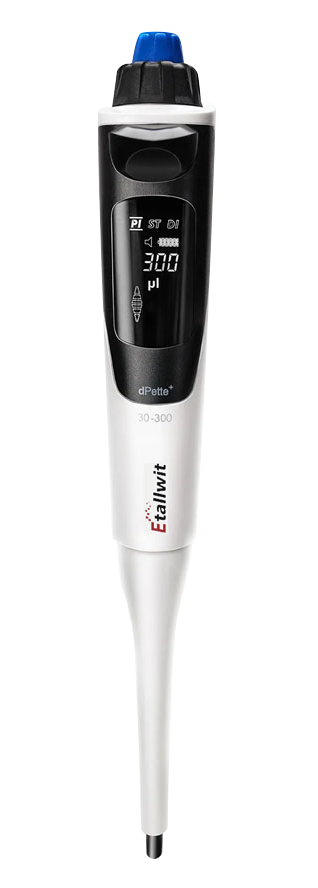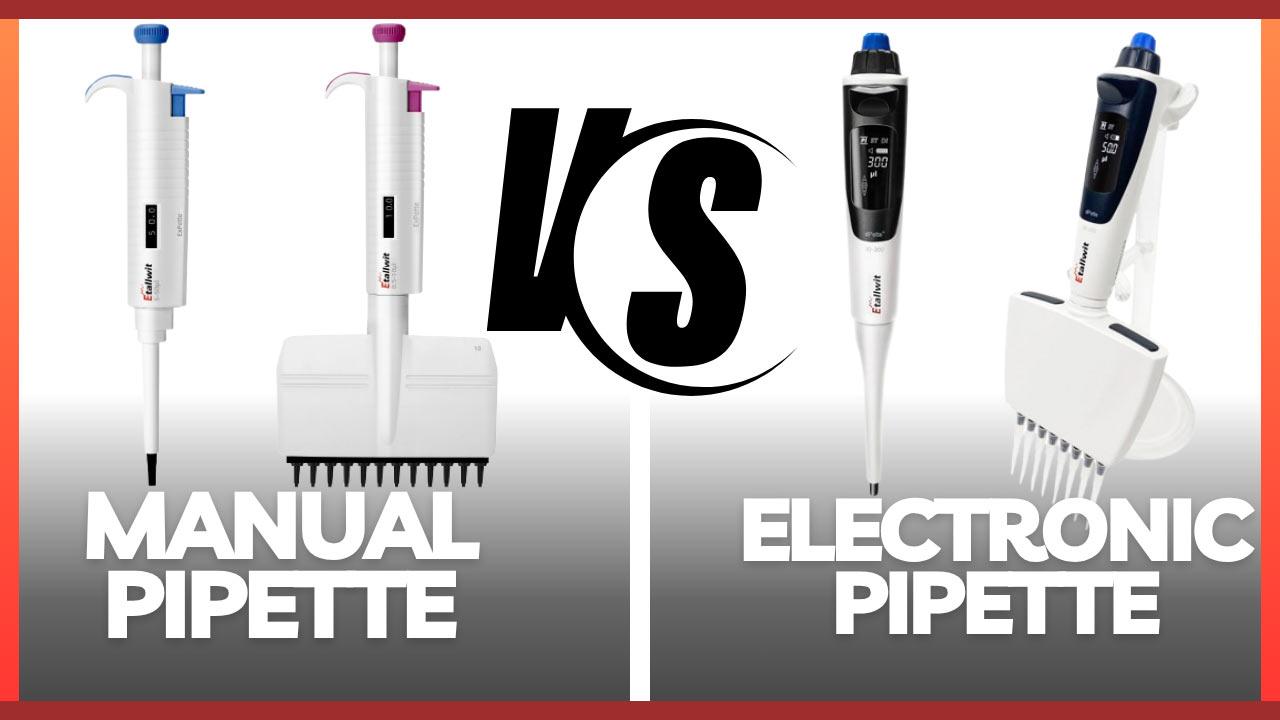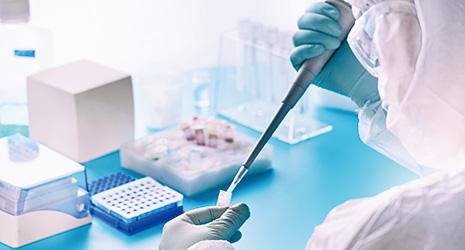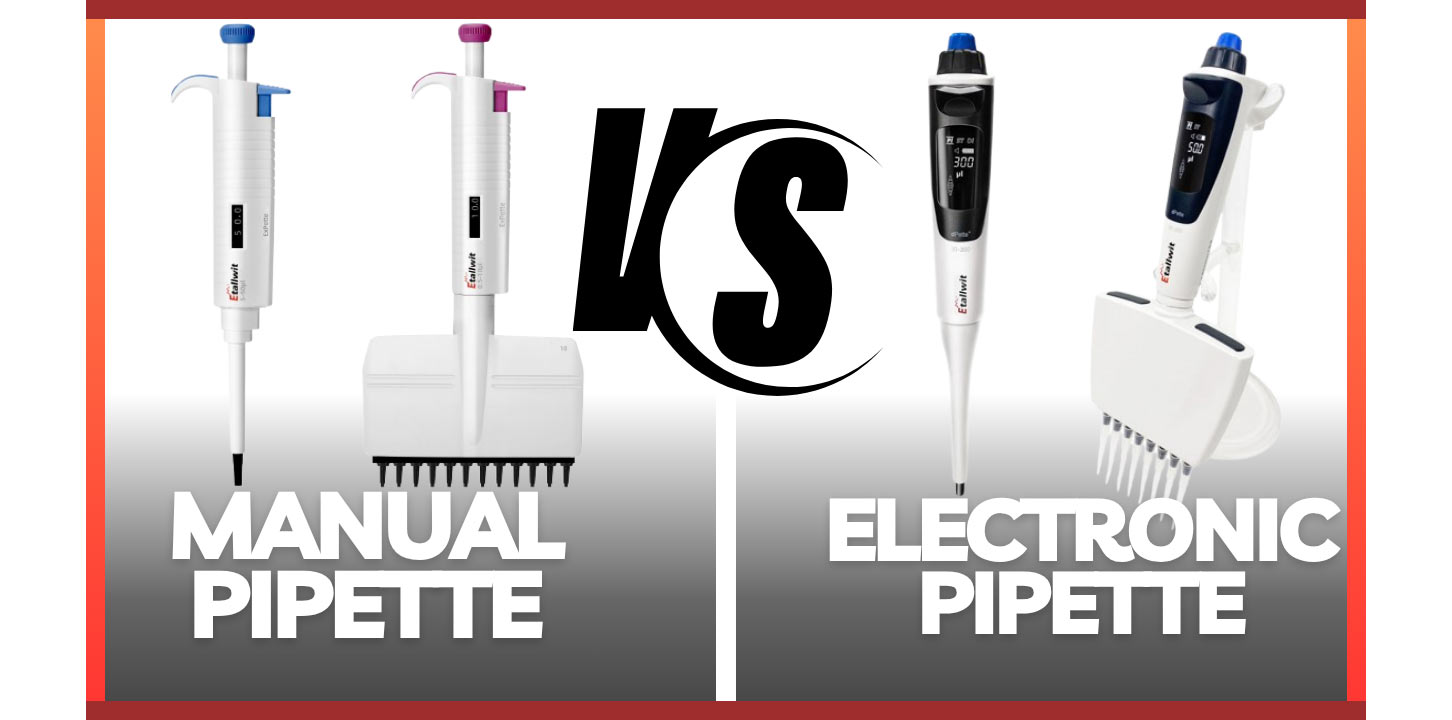Discover the core differences, advantages, and applications of manual and electric pipettes for efficient liquid handling.
What Are Pipettes and Why Are They Essential in Laboratories?
Pipettes are precision instruments widely used in molecular biology, chemical analysis, clinical diagnostics, and pharmaceutical R&D. They enable scientists to transfer small volumes of liquid accurately and reproducibly. Among the many types, manual pipettes and electric pipettes are the two most commonly used options.
Understanding the Core Components of a Pipette
Whether manual or electronic, a pipette generally includes:
üA plunger button
üVolume adjustment dial
üTip ejector
üDigital display (for adjustable models)
üDisposable tip cone
Each of these parts contributes to the accurate dispensing of liquid volumes, which is vital for achieving consistent and trustworthy results.
Pipettes are mainly composed of the following parts:
Manual Pipettes: Affordable and Flexible
How They Work
Manual pipettes rely on manual operation by the user. By pressing the button, the piston is pushed to create a negative pressure, which draws a specific volume of liquid. Pressing the button again releases the liquid. The measurement depends on the precise graduations on the pipette barrel.
Advantages
Flexible Operation: Suitable for scenarios involving small sample volumes and infrequent operations.
Lower Cost: Relatively low costs for equipment maintenance and procurement.
Easy Adjustment: Diverse experimental needs can be met by using different volume tips.
Disadvantages
High Operator Dependence: The precision of operation is significantly affected by the user's sense of touch, speed, and force.
Lower Reproducibility: Prolonged operation may cause fatigue, which can affect the stability of the data.
✅ Related resource: Precision and Comfort with ExPette Pipettes – Designed for Optimal Performance
Electronic Pipettes: High Precision Meets High Throughput
 How They Work
How They Work
Electric pipettes are driven by an internal motor. They control the aspiration and dispensing processes through preset programs to achieve precise and uniform liquid transfer. Their operation typically requires only simple button control or touchscreen operation.
Advantages
High Precision and Reproducibility: Reduces human error and enhances the stability and reliability of experimental results. High Degree of Automation: Suitable for large-scale, high-throughput experiments, such as drug screening and genetic testing.
Convenient Operation: Using preset programs can simplify complex operational procedures and reduce labor intensity.
Disadvantages
Higher Cost: The equipment and maintenance costs are higher than those of manual pipettes.
Technical Dependence: Regular calibration and software updates are required, and users need to undergo certain training before use.
✅ Explore our advanced EtPette Series Pipettes–Your Professional Lab Companion
Choosing the Right Pipette for Your Workflow
Depending on experimental needs and personal background, different laboratories may have varying preferences for pipettes. Here are some suggestions for reference:

Application Type | Recommended Pipette |
Low volume, occasional use | Manual Pipette |
Routine high-throughput assays | Electric Pipette |
Budget-sensitive labs | Manual Pipette |
GLP-compliant, high-precision needs | Electric Pipette |
Considering the actual skills of laboratory personnel and budget arrangements, choosing the right pipette can effectively improve experimental efficiency and data quality.
Selecting the correct pipette improves lab efficiency, ergonomics, and data reliability.
Maintenance and Calibration Best Practices
Whether it is a manual or electric pipette, regular maintenance and calibration are key to ensuring the accuracy of experimental data:
üRegular cleaning: Prevents residual liquids from causing cross-contamination.
üCalibration checks: It is recommended to periodically test with standard liquids to ensure accurate volume measurements.
üTechnical training: Regular training for operators to master the correct usage methods and troubleshooting skills.
Manual vs. Electric: Final Verdict
Both manual and electric pipettes have their roles depending on lab size, frequency of pipetting, and required accuracy.
Etallwit offers a full range of manual and electric pipettes, including multichannel models and high-precision electronic pipetting stations to meet every lab’s needs.
If you have more questions about the selection, usage tips, or maintenance of pipettes, feel free to leave a comment in the comment section or contact our professional customer service team directly. We will provide you with one-on-one consulting services to help you find the most suitable laboratory solution.
Contact Etallwit Scientific for product consultations, bulk orders, and technical support.





